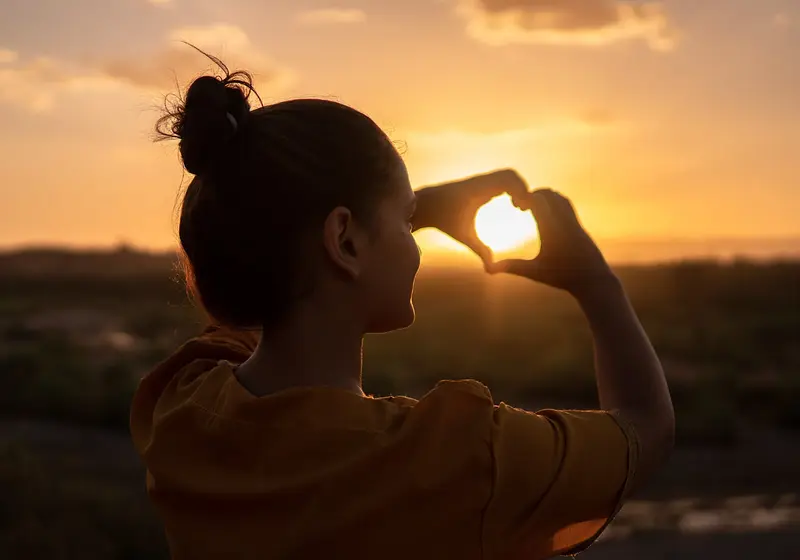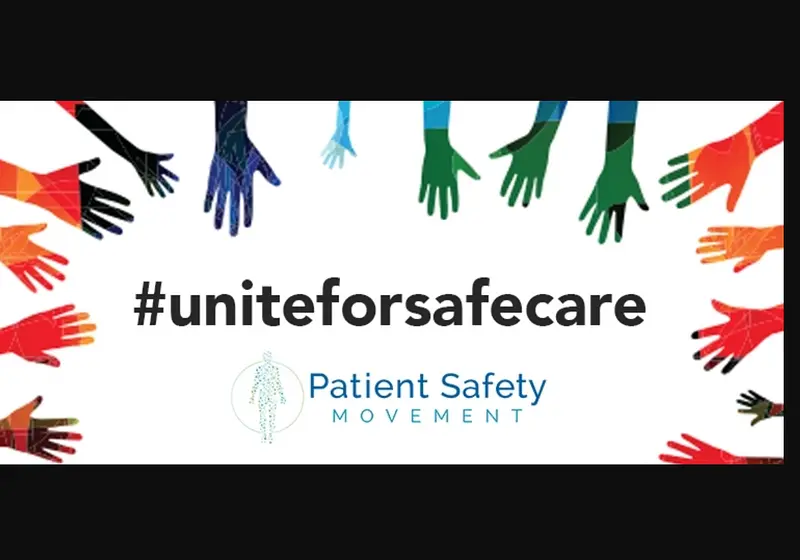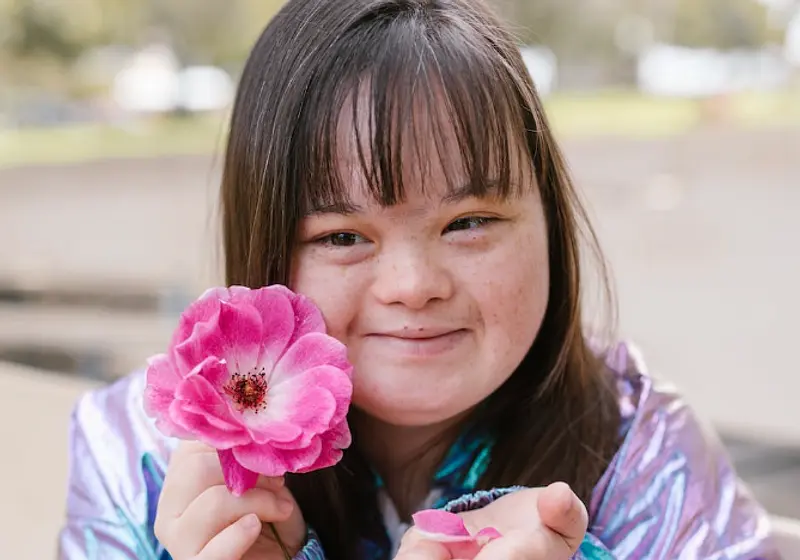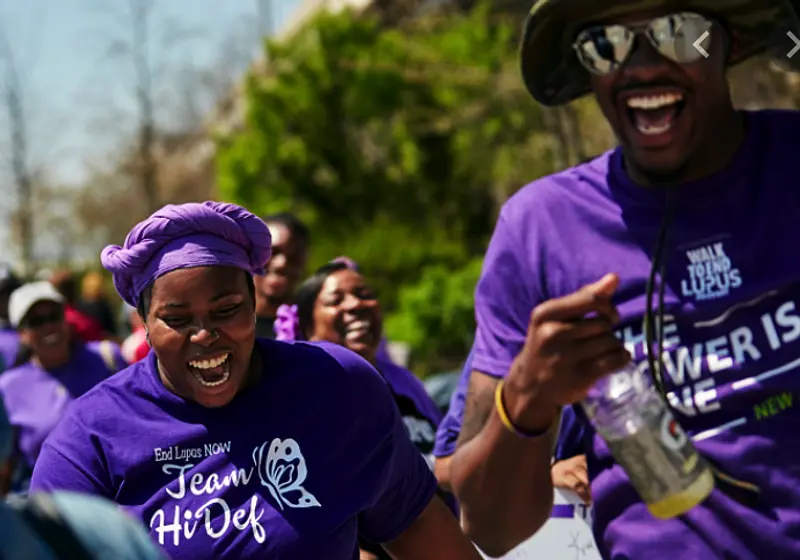Scoliosis is quite common, and is often discussed; however, many still have questions about this condition, including what exactly it is. The Teen Magazine had the chance to talk to the National Scoliosis Foundation to talk about what exactly scoliosis is, how the foundation came to be, and how to get involved.
A huge thank you to Joe O' Brien, President and Chief Executive Officer of the National Scoliosis Foundation, for having this talk with me!
The National Scoliosis Foundation (NSF) is a patient-led nonprofit organization dedicated since 1976 to helping children, parents, adults, and health-care providers to understand the complexities of spinal deformities such as scoliosis.
-The National Scoliosis Foundation, scoliosis.org
Image Credit: National Scoliosis Foundation
Let us slide into your dms 🥰
Get notified of top trending articles like this one every week! (we won't spam you)About Scoliosis
What exactly is the condition of scoliosis?
Traditionally, scoliosis is defined as a sideways curvature of the spine measuring greater than 10 degrees. However, we know that scoliosis is a three-dimensional misalignment, whereby the spine bends and twists often causing a misshaped rib cage, tilted shoulders and/or uneven hips.
Most cases are mild and these symptoms may or may not get worse, while in moderate cases, these symptoms may become painful, and in more severe cases, the heart and lungs may be impacted as well.
Image Credit: Freepik
Who gets scoliosis?
Scoliosis occurs in 2-3% of the population, or approximately 1 in every 40 otherwise healthy children. Scoliosis affects mostly girls, with a ratio of approximately four girls for every boy. Scoliosis also affects every age group from infants to the elderly, however, most cases occur in adolescents from 10-16 years of age. Therefore, the most common scoliosis patient is a teenage girl.
What causes scoliosis?
There are several known causes of scoliosis, such as congenital (malformation of the spine during development) neuromuscular ( i.e. Cerebral Palsy) and syndromic (Muscular Dystrophy, Marfan Syndrome, etc).
However, in most cases, scoliosis is Idiopathic, which means we do not know the cause. We do know that genetics plays a role, but scoliosis is a complex condition with many contributing factors, therefore most cases are classified as Adolescent Idiopathic Scoliosis (AIS).
How can scoliosis be treated?
The treatment for AIS depends upon how large the curve is, how much spinal growth remains, and whether or not the curve continues to get worse. If detected in the early stages, then non-operative treatment, such as scoliosis-specific exercises and/or bracing may prevent the curve from progressing to the point where surgery is needed. Basically, if we can keep the curve below thirty degrees until the teen reaches skeletal maturity, then the risk of continued progression in adulthood becomes minimal.
If the curve is approaching 50 degrees, then scoliosis fusion surgery can correct the curve very well and allow most patients to live a good quality of life. Two emerging technologies, tethering and ApiFix, avoid spinal fusion and help retain a more normal functioning spine.

Take the Quiz: What is your IQ level?
Find out how smart you are by taking this quiz!
The National Scoliosis Foundation
How did the National Scoliosis Foundation come to be created?
Laura Gowen, our beloved founder, sponsored a wheelchair-bound Ethiopian boy by the name of Atlabachew Tedla, when secondary education was closed due to a civil war. After a physical exam at Children’s Hospital in Boston, Dr. Ted Riseborough informed Laura that Atlabachew’s presumed polio was actually a 145-degree scoliotic curve!
Dr. Riseborough performed two scoliosis fusion surgeries, free of charge, and Atlabachew was then able to walk and went on to graduate high school and college. After the surgeries, Dr.
Riseborough asked Laura Gowen to start a patient-led organization to raise awareness about scoliosis and advocate for early detection and treatment. He believed bracing worked, but at the time, patients came to his office with 75+ degree curves, which was much too late to do anything except surgery. Laura (Bunny) Gowen was true to her word and in 1976 founded the National Scoliosis Foundation.
What is the mission of the National Scoliosis Foundation?
Our mission is to help improve the lives of children and families affected by scoliosis by creating awareness, advocating for early detection through screening, and educating/encouraging/empowering the patient and family.
What are some of the services and programs for individuals affected by scoliosis?
We provide information and support to patients and families in many ways, including group conferences, webinars, virtual support meetings, snail mail and one on one phone calls. We also have an online Forum Community with approximately 10,000 registered members.
How does the National Scoliosis Foundation build public awareness?
We build public awareness in many different ways such as conferences, health fairs, TV and Radio shows, websites, Social Media, classroom & parent group presentations, public service announcements, etc.
In 2008, we launched a grassroots campaign know as June is Scoliosis Awareness Month, which has been very successful and generated awareness throughout the world.
What would be considered the biggest accomplishment of the National Scoliosis Foundation?
This year we celebrate our 45th Anniversary! We have had many accomplishments during this time, including helping millions of children be screened for scoliosis and working with the medical and scientific community to insure they have access to optimal care.
What makes you the proudest to be with this organization?
I am proud that we have kept the needs of scoliosis patients at the forefront of the health care researchers and providers and have maintained a focus of respecting and valuing the person as well as their spine.
How You Can Get Involved
As a teen and young adult-focused magazine, are there ways for Gen Z to get involved within the National Scoliosis Foundation?
Absolutely! We see Gen Z as creative, competent, and caring young people who want to make a difference in this world.
We welcome their passion and enthusiasm and invite them to use their technical skills and social media consciousness to help us create a global awareness of scoliosis and ensure that all children, regardless of race, creed, socio-economic status, and geographical location are able to be screened for scoliosis and receive the less expensive optimal treatments possible.
More Info
Thank you for the interview, National Scoliosis Foundation! For more information, please visit scoliosis.org.











